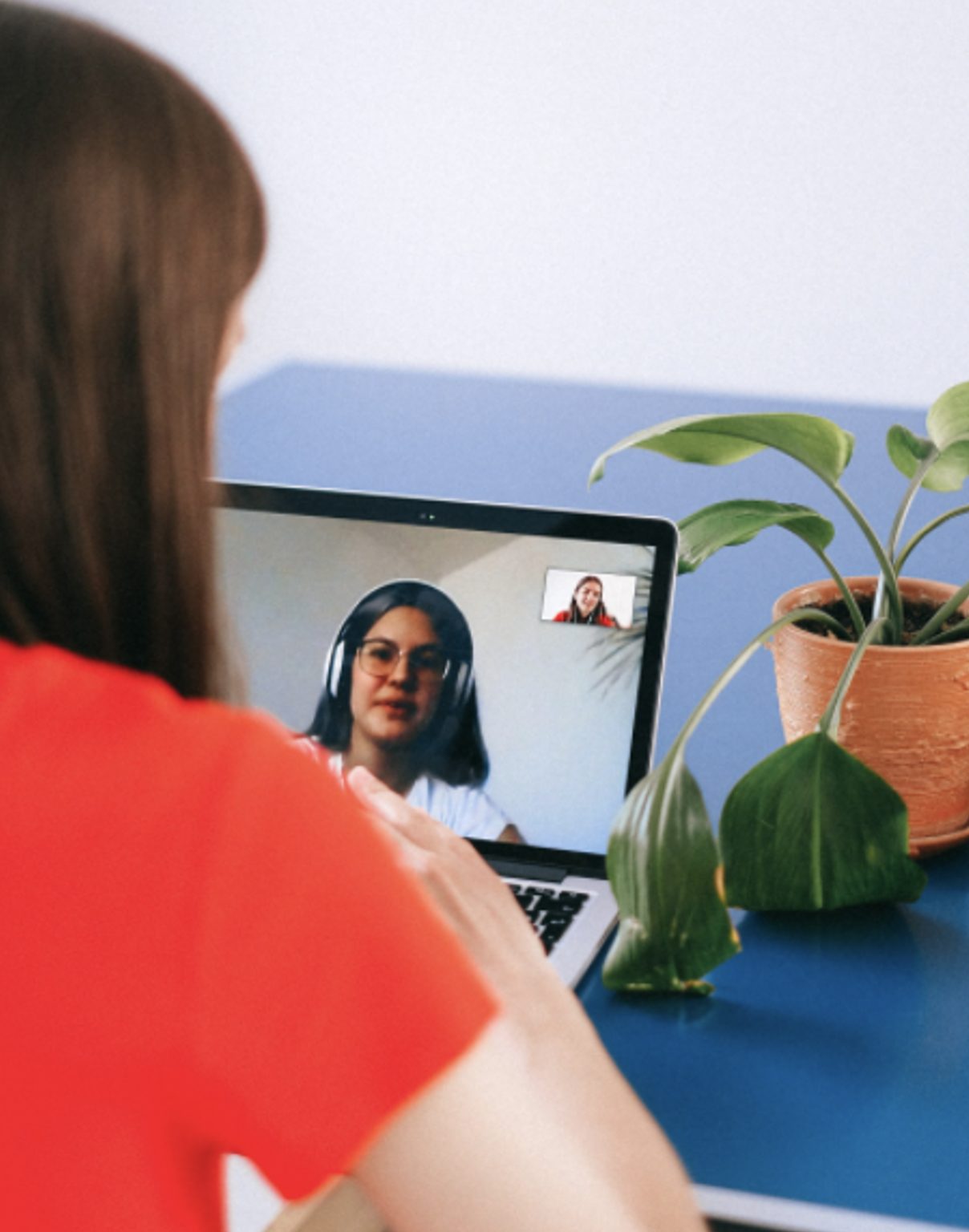
Supporting a friend, loved one or family member living with an invisible illness isn’t easy. Do you find yourself wondering if you’re doing the right thing? You aren’t alone.
Many of us have loved ones experiencing chronic pain conditions and want to help but aren’t sure how. With the festive season approaching, and the already difficult challenges to our mental and physical health brought on by the pressures of isolation, seeing a loved one also struggle with chronic pain can be heart-breaking and make us even more determined to offer help in any way we can.
To support you in that journey, we have put together 6 simple tips to help a loved one experiencing long-term pain during lockdown (and beyond). Of course, each individual will have their own unique circumstances, so any of these tips should be adapted as you see fit, but we hope this article offers some good reminders, as well as ideas for new ways we can help those we love.
1. Understand
Learning as much as you can about chronic pain and its challenges is a great starting point to empathise with what your loved one is going through. When you take a genuine interest in someone’s condition, it can mean the world that you are trying to understand the effects of their pain and understand what they are experiencing.
Read books, watch YouTube videos or simply ask your loved one which resources will help you help them. For example, the book “When someone you love has chronic illness: hope and help for those providing support” offers hope and practical advice to those impacted by a loved one’s chronic illness. Alternatively, “How to Be Sick: A Buddhist-Inspired Guide for the Chronically Ill and Their Caregivers” is a book of guidance, encouragement, and uplifting inspiration to family, friends, and loved ones.
2. Believe
Many conditions, physical and mental, can be invisible. Too often, family, friends and significant others become frustrated with loved ones because they don’t understand an illness that they cannot see. Even doctors can dismiss chronic pain symptoms
If you are finding it hard to communicate with a loved one who is in pain, maybe suggest they use a tool to communicate that helps you understand. There are varying pain scales, like the spoon theory or numeric rating scale (NRS) which can help you both to establish a common language to articulate and understand how to talk about pain.

3. Listen
Listening is invaluable, it involves more than just hearing what is being said. Emotions and feelings may have been bottled up for a long time but by showing you want to listen, without judgement; you can help.
The best way to listen is to drop your own assumptions, focus your attention entirely on the person you are communicating with and ask questions. Summarise what they have said and ask questions to help you understand further what they are experiencing (rather than question what they are saying). Too often, people judge and discredit people experiencing an invisible illness and by being an active listener you can make your loved one feel truly heard.
Lockdown tip: check-in with your loved ones who are not in your support bubble over video or phone call if you can – being there to lend an ear will make a huge difference.

4. Ask how you can help
If you’re struggling with understanding how they are feeling or how to help – just ask. Your loved one may know the best way you can support them.
In this study, on the influence of family support on chronic pain; patients who described their families as being supportive and helpful reported significantly less pain intensity, less reliance on medication and greater activity levels.
Not everybody wants to ask for help, offering can mean a lot.
5. Encourage
Your loved one has likely spent time on search engines, looking for answers and solutions to what they are experiencing. They’ve likely tried every medicine and supplement available to try to ease their pain. Sometimes there is nothing that can be done to help someone’s pain and sometimes, it leaves friends and family at a loss for words. Here are positive suggestions for encouragement:
• “I don’t know how to fix your pain, but you can tell me what you’re going through.”
• “I’m interested in learning what techniques you use to help you cope with your pain.”
• “I know you are hurting and that you are doing the best you can. You should be proud of everything you’ve accomplished.”
6. Support groups
Support groups can be a great way to meet people who face the same day-to-day reality you do. We wrote an article about support groups in the UK here: https://tobetterdays.co.uk/blog/chronic-pain-support-groups-in-the-uk/.
We are also fortunate to live in a digitally connected world. The internet provides a wealth of online support groups, forums, and threads for both individuals suffering from chronic pain as well as loved ones like you.

With increased time spent at home, pain can be more difficult to manage and it is important to remind your loved one that they are not alone. The points above are a starting point – communicate openly with them and find out what works best for both of you. To Better Days has launched a Facebook group for long-term pain sufferers as well as their loved ones. The group aims to provide a platform for advice, to vent or simply to know there are others in the same boat. Please visit us at: Together for Better Days. The chronic pain community is filled with amazing, strong, resilient and incredibly kind people; we’re all in this together, we are better together.
To Better Days has a range of active patches that help those experiencing sustained discomfort. Our easy to use adhesive patches contain a patented combination of vitamin D and dextrose to offer a topical and targeted option that supports the health of joints, muscles and nerves.
Here’s to being on the move, having more ‘get up and go’ and a feeling of freedom. Here’s To Better Days.



